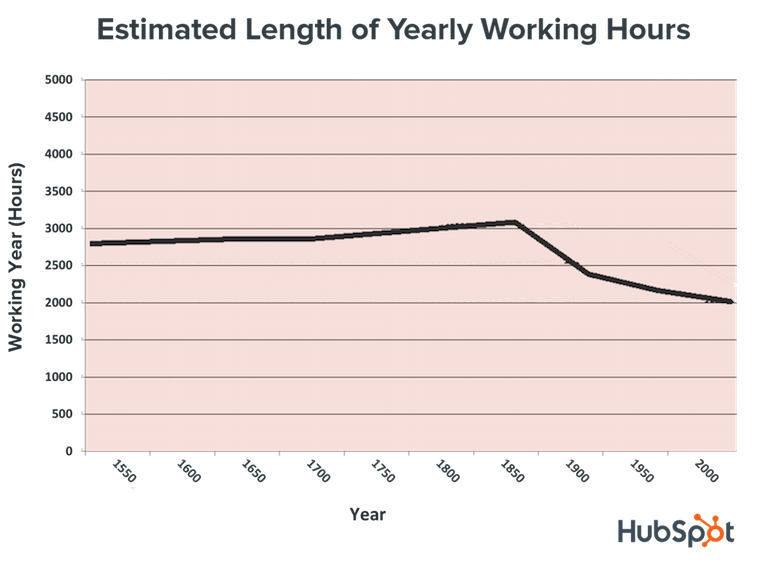 Just this past year, we were in the final stages of completing a crisis communications plan for a client deep within the food system when a crisis actually struck. Timing could not have been more fortunate for such an unfortunate occurrence.
Just this past year, we were in the final stages of completing a crisis communications plan for a client deep within the food system when a crisis actually struck. Timing could not have been more fortunate for such an unfortunate occurrence.

The executive staff had been briefed the week prior. Everyone knew what to do in a big-picture sense. That is essential since every crisis is unique, whether it’s a food recall, the release of an undercover video, some errant act by an employee or a catastrophe. Having a plan in place allows you to focus on taking action versus scrambling to handle the basics.
Unfortunately, too few organizations that could face a crisis are prepared to do so. Most wait until lightning has struck. Then, while they waste time trying to figure out which way is up, their reputation often spirals downward…with employees, with customers and within their communities. The real cost to them is far greater than it need be in real dollars and in reputational capital. What organizations lose in a few days far outstrips the cost of being ready.
The basics of preparedness are pretty straightforward. A common mistake is the failure to think beyond a potential negative event. Any plan should have three parts: Preparation, Crisis Management, Post-Crisis Follow-up.
Here is the structure of a basic plan. As part of our Reputation Management program, we have developed Rules of the Road for managing thorny issues.
Preparation
1. No matter what happens, commit to transparency.
2. Scenario planning. Determine your biggest threats. Can those threats be outlined in advance of a crisis?
3. Identify spokesperson(s). First responders/crisis response team, those who will manage all aspects of the crisis.
4. Draft internal/external communication — “boilerplate” — basic messaging documents.
5. Prioritize audiences.
6. Outline channels to reach audiences including social media.
7. Design your issues monitoring and assessment program.
8. Determine expert partners — collaborators — who are ready to help.
Crisis Management
9. Activate the internal and external team.
10. Conduct a threat level assessment.
11. Create response scenarios as outlined above, but formulate ones that are unique to the situation.
12. Engage employees — they are your first line of defense. Inform and energize allies. Engage with customers and constituents.
13. Deploy media strategy.
14. Implement digital strategy.
15. Consider involving third-party experts (such as independent consultants or university researchers) to conduct an assessment of facilities as appropriate.
16. Schedule an around-the-clock monitoring and response team. A crisis never sleeps.
17. Ensure normal operations continue as feasible.
Post-Crisis Follow-up
18. Leverage the spotlight (yes, even the negative spotlight). What you say during and immediately post-crisis will stick with you for the foreseeable future.
19. Engage with the issue as appropriate over time. Disengage when appropriate over time.
20. Implement long-term monitoring.
21. Rebuild credibility.
22. Tweak your crisis preparedness plan.
23. Stay close to your customers and vendors. There is no rebuilding credibility without them.
24. Update employees regularly.
Executing a plan like that outlined above is difficult and requires making tough decisions while under intense pressure. Consequently, the benefits of being prepared cannot be overstated. The days you lose trying to figure out what to do can never be recaptured. Meanwhile, outside influencers, media and the public will have been shaping perceptions — often negative perceptions — of your organization. Take action now to avoid having to rebuild your reputation.



![Are You a Micromanager? Take This Quiz to Find Out [Infographic]](https://blog.hubspot.com/hubfs/are-you-a-micromanager.jpeg)

![9 Traits That Define High-Performing Teams [Infographic]](https://blog.hubspot.com/hubfs/00-Blog_Thinkstock_Images/high-performing-team-1.png)



![What's on Your Agency's Wish List? [Infographic]](https://blog.hubspot.com/hs-fs/hub/53/file-2525473322-png/Agency_Post/Blog_Images/agency-wish-infographic.png)